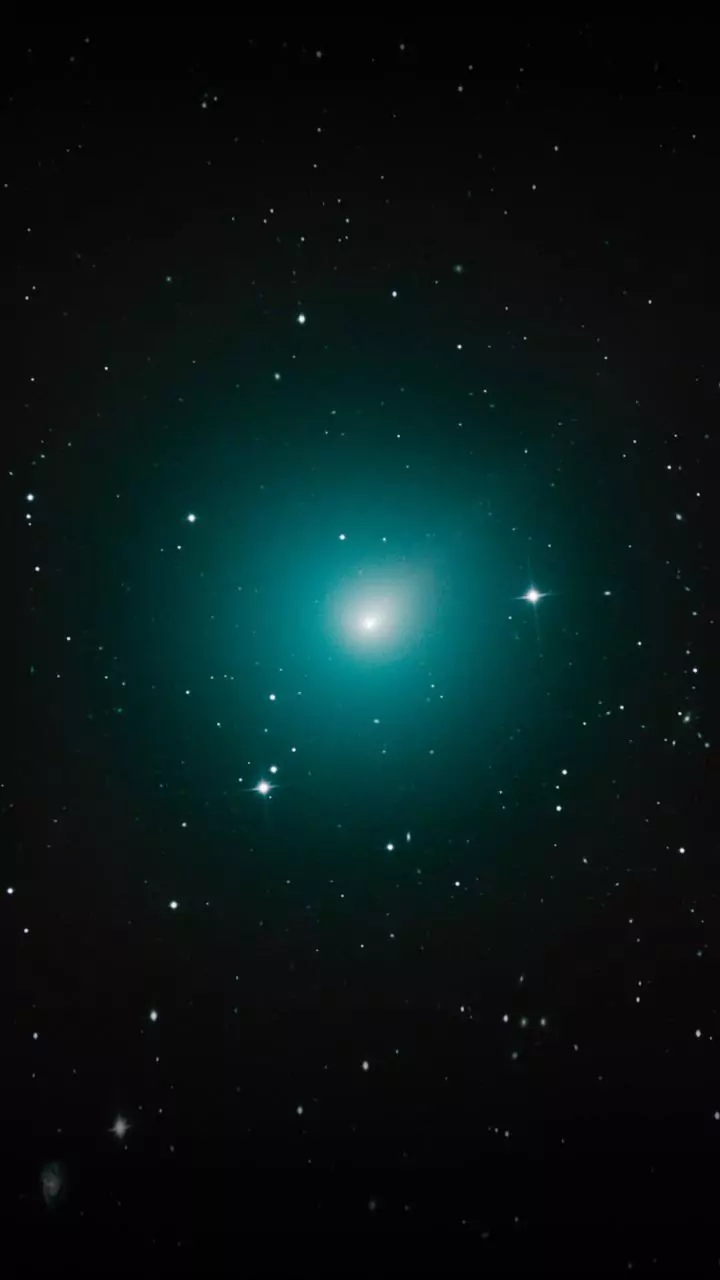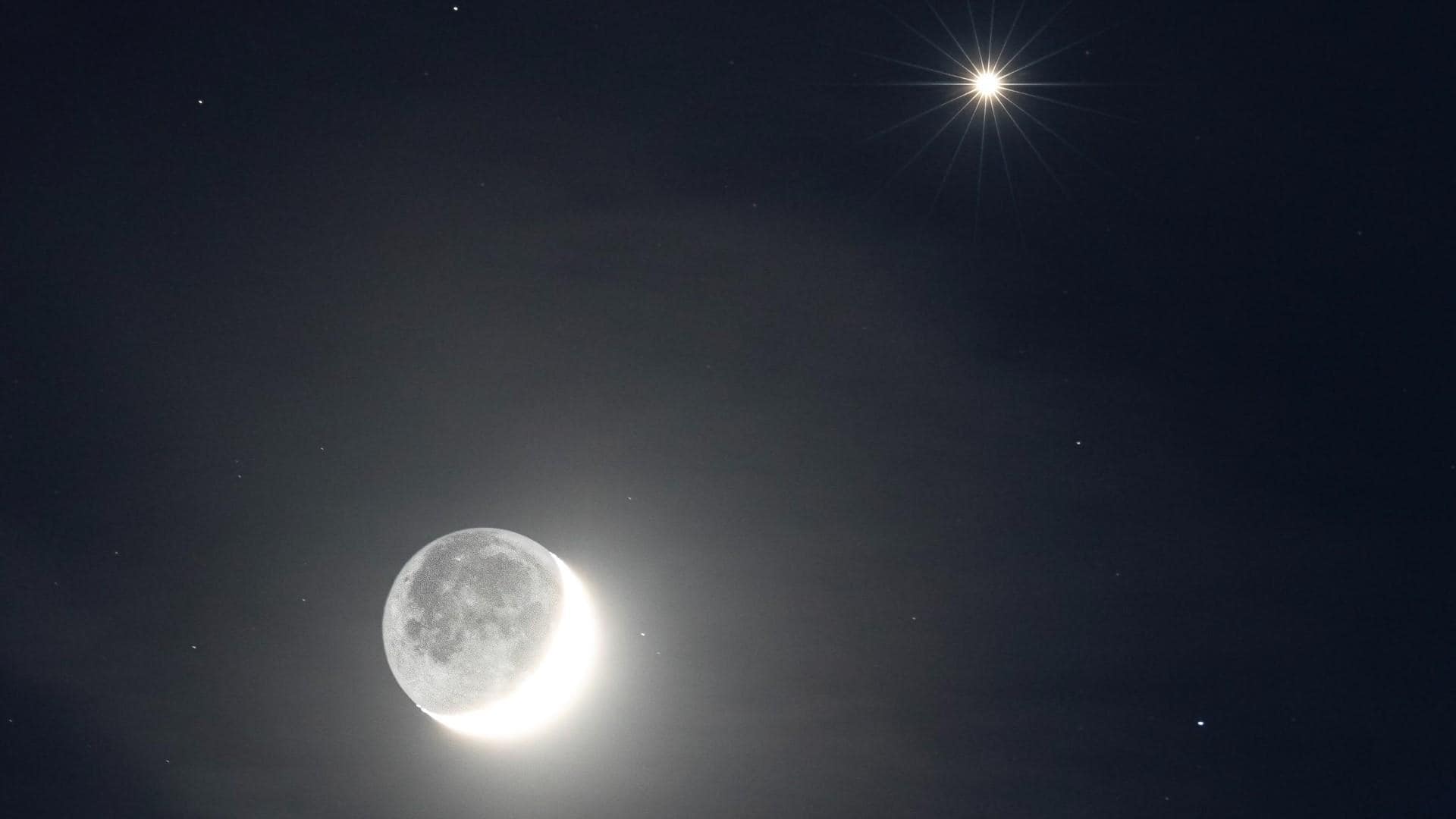What is SWAN?
Comet C/2025 R2 (SWAN), often referred to simply as SWAN, is a celestial body composed primarily of ice, dust, and rock. These comets originate from the
far reaches of our solar system, specifically the Oort cloud, and venture towards the sun in highly elliptical orbits. As SWAN approaches the sun, solar radiation causes its icy components to vaporize, creating a glowing coma and a tail that reflects sunlight. This comet's particular trajectory will bring it relatively close to Earth, providing a unique opportunity to view it. The comet's visibility depends on factors like its brightness and the viewing conditions during its flyby. This presents a fantastic chance for sky enthusiasts and casual observers alike to witness this celestial event, with the precise date set for October 21, 2025.
When to Observe?
The optimal time to spot Comet C/2025 R2 (SWAN) will be around October 21st, 2025, when it makes its closest approach to Earth. The exact timing can be fine-tuned based on its orbit and our planet’s position. The best viewing conditions will likely be during the pre-dawn or post-sunset hours, when the sky is dark. To successfully view SWAN, it's essential to find a location away from city lights, where light pollution is minimal. The comet might be visible with the naked eye under favorable conditions, but using binoculars or a telescope will significantly enhance the viewing experience. These tools will enable viewers to see the comet's coma and possibly even the tail. Regularly consult astronomical resources and weather forecasts leading up to the event to pinpoint the best viewing times and location, thereby increasing your chances of spotting the comet.
Spotting Techniques
To locate Comet C/2025 R2 (SWAN) in the night sky, start by identifying the constellations it will be passing through. Celestial navigation apps and star charts are invaluable resources for pinpointing the comet’s location. Before heading out, familiarize yourself with the night sky and the general area where SWAN is expected to appear. During the viewing time, give your eyes about 20-30 minutes to adjust to the darkness. This will help you see fainter objects like the comet. Using binoculars or a telescope is highly recommended as it provides a clearer view of the comet’s structure and tail. Scan the area of the sky where the comet is predicted to be, and be patient; comets can be subtle. The comet's brightness can vary, and it might appear as a faint, fuzzy patch of light at first. Keep checking astronomical websites and observing reports from others to confirm its location and brightness. Regular updates will enhance your viewing experience and increase your chance of witnessing this celestial visitor.
Equipment Suggestions
While Comet C/2025 R2 (SWAN) could be visible to the unaided eye, binoculars significantly increase your chances of seeing it in detail. Select binoculars with a wide field of view to easily locate the comet. A telescope will allow you to see more details, such as the coma and the beginnings of a tail. A small, portable telescope is ideal for beginners. Ensure that any optical equipment is properly collimated for the best viewing quality. Always dress warmly and bring a comfortable chair as observing often requires patience. A red-light flashlight is helpful for viewing charts and maintaining night vision. Download sky-mapping apps on your smartphone or tablet; they are indispensable for finding the exact location of the comet. A notebook and pen are perfect for documenting your observations and taking notes of what you see. Take snacks and drinks; enjoying the comet requires a relaxed and comfortable setting for a great viewing experience.













